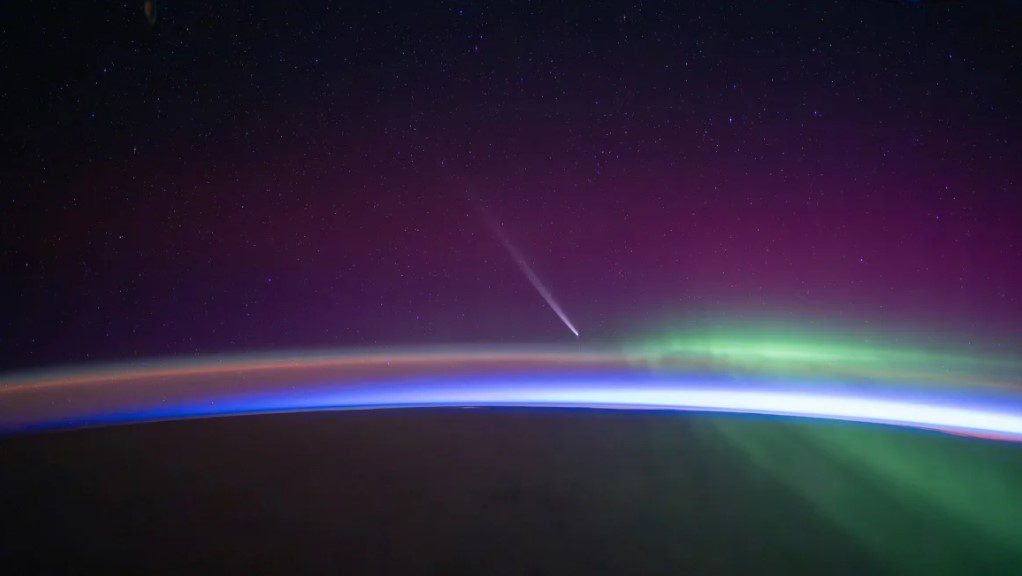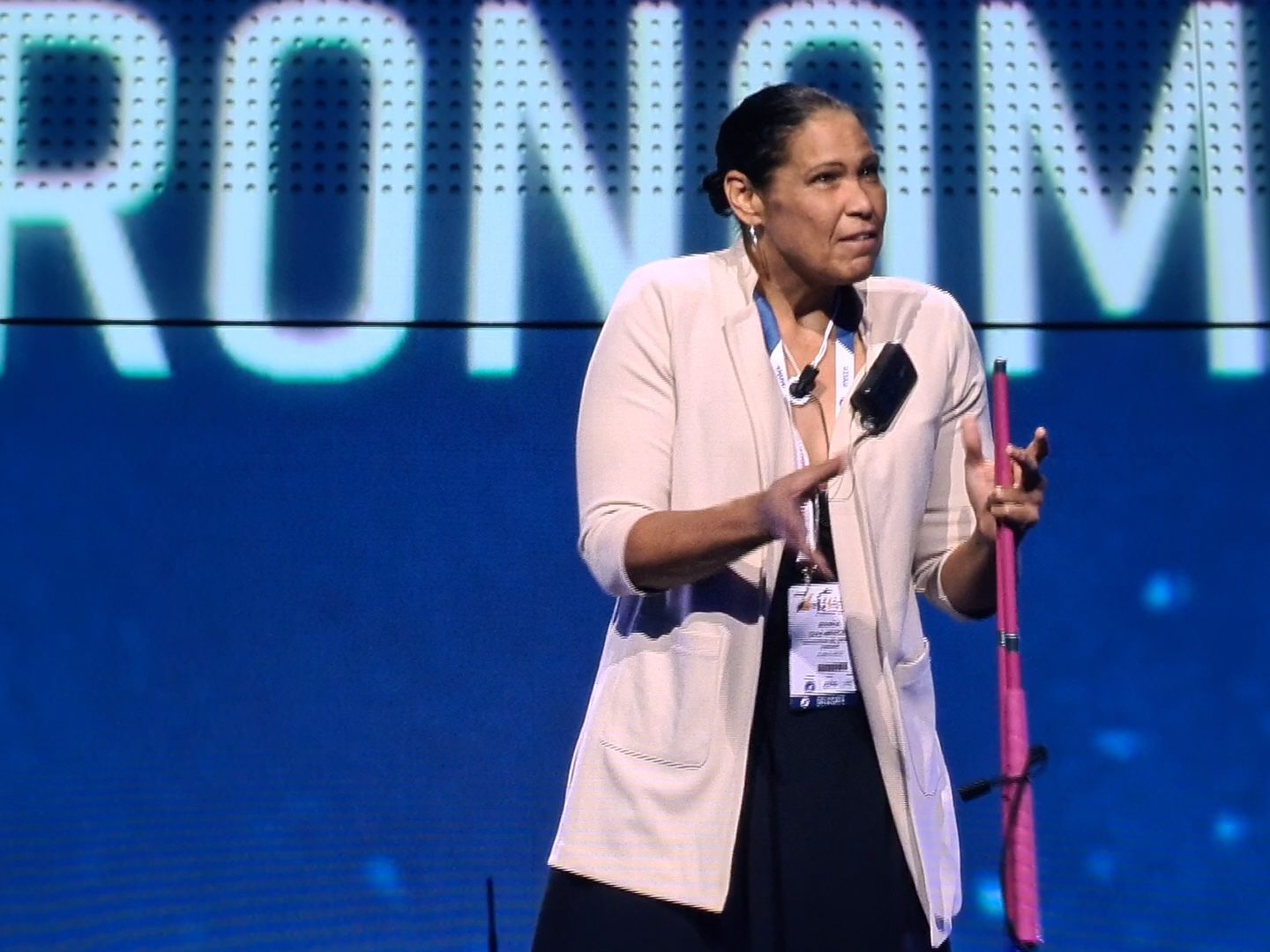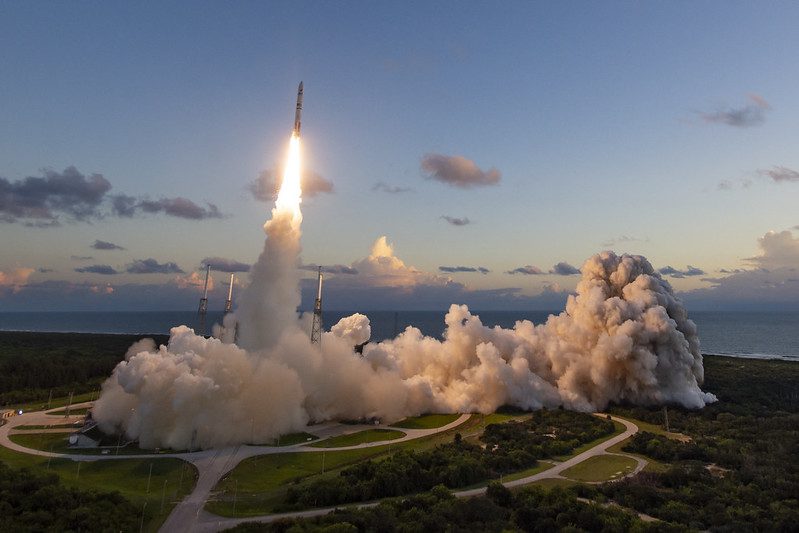Western sentiment has been stirred by terrible scenes from Syria in which Russian jet bombers supported Syrian government Mig-21 jets in actively bombing the rebellious city of Aleppo into submission. The Western democracies, regretting not getting involved earlier, are thus now considering setting up “no fly zones” to be actively policed by NATO fighter assets (probably the US Air Force, US Navy, RAF and French Air Force).
To oppose this, and to back up their own jets lest they are challenged, under the less-than-believable excuse that it might prevent IS (Islamic state) terrorist air attacks (the IS has no military aircraft by the way), Russia has decided to emplace an S-300 anti-aircraft missile unit near to its Tartus naval base in Syria. The move follows the positioning of the even more advanced S-400 system near its air base in the country. The S-300 and S-400 are Russia’s most advanced anti-aircraft missiles and are broadly equivalent to the US Patriot system. The danger of an escalation in which Russian military aircraft and missiles and Western jets actively engage in combat against each other is now becoming evident. This is the factor which may yet make Western governments regretfully shy away from setting up a no-fly zone.
Nevertheless, the sabre-rattling continued when Russia decided to pressurise European governments by placing its nuclear-armed Iskander missiles close to the Polish border. These short range ballistic missiles have the ability to strike Berlin with very little notice.
Russia is no longer a “superpower” in terms of conventional military power or raw economic strength, but it does have a very large nuclear arsenal; enough to destroy the United States of America if it wanted to – albeit inviting the same on itself if it did so.
Update 21 October 2016: The Russian Navy is moving a task force from its Northern Fleet to the Mediterranean for operations off Syria. The force, included the now elderly Russian aircraft carrier Admiral Kuznetov (albeit that she is armed with modern jet fighter aircraft and missiles), the also elderly but powerful Kirov-class missile battlecruiser, Pyotr Velikiy (Peter the Great), a Udaloy class destroyer, a reported unseen submarine, and a tug lest the carrier broke down. This battlefleet moved round the North Cape, through the North Sea, and then via the English Channel towards the Atlantic and the Straits of Gibraltar, was closely monitored by aircraft, satellites and destroyer and frigate detachments from the Norwegian and British Royal Navies as it went.
Update on 26 October 2016: There is consternation within NATO and the EU that their member state, Spain, was considering a Russian request to refuel the Russian task force in the Port of Cueta, especially as it is believed that aircraft and missiles from these ships will be used against rebels and civilians in the besieged city of Aleppo. Russia has since withdrawn its request.





